Can Weather or Road Conditions Affect Calibration Accuracy?
Highlights:
- Rain, fog, glare, and dirty windshields can degrade camera “vision,” affecting ADAS calibration quality.
- Poor lane markings, puddles, uneven roads, and construction zones can derail dynamic calibration drives.
- Temperature, humidity, and vehicle load shifts can nudge sensors out of spec over time.
- Planning calibrations around clear weather and verified routes improves accuracy and reduces rework.
- In Castle Rock, WA, frequent rain and wet pavement warrant extra pre-checks and post-calibration validation.
- 877 Glas Guy provides ADAS-aware auto glass service and calibration guidance tailored to local conditions.
Understanding Environmental Effects on Calibration
Modern driver-assistance features rely on precisely calibrated cameras, radars, and other sensors to understand the road and support the driver. When those components are even slightly misaligned, detection ranges, angles, and decision timing can drift—and safety features can underperform. The environment you calibrate in matters. Weather and road conditions shape what cameras “see,” how algorithms infer lane geometry, and whether the vehicle can complete a learning drive. For motorists and shops in Castle Rock, WA, where rain and mist are common, it’s smart to treat calibration as a technical procedure and a logistics problem that must consider local conditions.
Dynamic and static are the two broad calibration modes you’ll encounter. Static calibration uses targets at fixed distances and positions in a controlled bay to set intrinsic and extrinsic camera parameters. Dynamic calibration runs a manufacturer-specified “learning” drive, during which the vehicle uses real lane lines and roadside cues to lock in camera alignment. Both methods are sensitive to the environment: static needs proper lighting, level floors, and undisturbed target planes; dynamic needs clean, visible lane markings, consistent speeds, and—critically—cooperative weather that won’t obscure the scene.
Moisture and visibility are the biggest weather culprits. Water droplets, spray, fog, and low sun angles reduce contrast on lane markings and add artifacts that vision systems must filter out. In testing of lane keeping and automatic emergency braking, moderate rain led to frequent lane departures and increased impact rates versus dry baselines—clear evidence that adverse conditions impair sensor performance and thus the validity of any calibration that depends on those visuals. According to AAA, simulated rainfall degraded lane-keeping performance and produced more missed braking interventions.
FAQ
Can I calibrate in light rain if it’s just a drizzle?
It’s risky. Even light rain lowers lane-line contrast and adds optical noise. Wait for dry conditions or choose a static calibration if the OEM permits.
Do wiper streaks really matter?
Yes. Streaks and film create refraction/blur across the camera’s field, degrading feature detection during both dynamic drives and post-calibration verification.
What about foggy mornings?
Fog reduces contrast and adds glare around headlights. Schedule the route for mid-day when visibility improves.
Impact of Road Surface Conditions
Road surface quality is the next big factor. Dynamic calibration relies on predictable edges: centered, reflective lane stripes with consistent width and spacing. Faded paint, chip-seal texture, puddles that reflect the sky, and fresh sealcoat can all confuse lane models. Construction zones add overlapping stripes and cones that invalidate learning drives. Even clean, dry roads can cause problems if they’re crowned, rutted, or bumpy—the camera’s pitch/yaw oscillates, subtly shifting the perceived horizon and lane curvature. A carefully scouted route with stable markings is the cheapest “tool” you can bring to a calibration.
Thermal and mechanical conditions matter, too. Temperature swings change tire pressures and suspension ride height; heavy loads alter pitch; humidity can fog the camera cover. Those shifts are small, but calibration is a millimeter-and-minute-of-arc game. Before calibrating, normalize tire pressures, verify ride height, and remove excess cargo. In the bay, ensure targets are square to the vehicle centerline on a truly level floor, and eliminate stray reflections. On the road, plan a loop that keeps speeds steady and steering inputs smooth so the system can converge without noisy data.
Dry weather and visible lane lines aren’t just nice to have—they’re often explicit manufacturer requirements for dynamic procedures. Training routes should allow steadier speeds (typically suburban arterials or freeways with clear paint) and avoid shadows, tunnels, and tree canopy where light flicker can confuse vision. According to ASE, dynamic calibration conditions should include clear weather, clear lane markings, flat roads with minimal curves, and speeds within specified ranges. If any of those fall apart mid-drive, abort and reschedule rather than “forcing” the system to learn from compromised visuals.
FAQ
How do wind gusts or crosswinds affect calibration?
Wind can induce small steering corrections and yaw oscillations, adding noise to lane tracking. If the car is “sawing” at the wheel, conditions aren’t ideal.
Can I verify success with a short test?
Yes—run the OEM’s post-calibration checks and a controlled road verification (steady speed, centered lane, consistent lines) to confirm stability.
Will a heated windshield or aftermarket tint affect it?
Certain coatings and tints can introduce refraction or polarization effects. Always follow OEM glass specifications for ADAS-equipped vehicles.
Calibration Standards and Local Conditions
Testing protocols from safety organizations offer another clue: they deliberately avoid inclement weather to maintain repeatability. That’s not because weather is irrelevant—but because it changes results. If standardized evaluations avoid rain and snow, your calibration should, too, or you risk “baking in” the wrong parameters. According to the Insurance Institute for Highway Safety (IIHS), partial automation safeguard testing is conducted on dry, clearly marked roads and not during inclement weather.
In Castle Rock, WA, frequent precipitation, mist, and wet pavement are everyday realities. Local roads often run under evergreen canopy, with patchy light and seasonal needle debris that obscure paint. A successful dynamic calibration plan here starts with route scouting on a dry day: choose segments with recent restriping, avoid reflective puddles and construction zones, and time the drive to miss morning fog and evening glare. Keep a fallback: if the weather turns, pivot to static calibration where OEM procedures allow, then road-verify later.
Glass quality and installation precision are foundational. Cameras view the world through that windshield; subtle optical distortions from non-spec glass, incorrect bracket positions, or excess urethane squeeze-out can bias camera pitch or create local lensing. After glass replacement, follow torque specs and camera mounting procedures, and clean the camera cover with a lint-free process. A perfectly executed dynamic drive cannot compensate for a mechanically mislocated imager or a warped optical path.
Post-calibration validation is your safety net. Use the scan tool to confirm calibration status, then run a verification loop close to your shop: one stretch at urban speeds for lane centering, one freeway segment for steady tracking, and a controlled stop-and-go to observe forward object detection. Document environmental conditions (weather, temp, road surface, traffic) on the work order so any future drift or customer concerns can be traced back to the calibration context and replicated if needed.
FAQ
My dash says “camera impaired.” Is that a calibration failure?
Not necessarily. It often indicates temporary visibility issues—rain, fog, dirt. Restore a clean/dry view, then re-evaluate.
Can I calibrate at night?
Many OEMs prefer daylight because lane-line contrast and color cues are stronger. Follow the vehicle-specific procedure.
Are re-calibrations normal after alignment or collision repair?
Yes. Changes to ride height, toe/camber, or body structure can shift camera aim and require recalibration.
Weather and road conditions absolutely affect calibration accuracy—by altering what the sensors see and how consistently they can learn. Plan around dry, well-marked roads; normalize the vehicle; clean optical paths; and document conditions. If you’re in Castle Rock, WA, 877 Glas Guy can help you choose the right method (static, dynamic, or both), scout appropriate routes, and verify results under cooperative conditions—so your safety features perform the way the engineers intended.
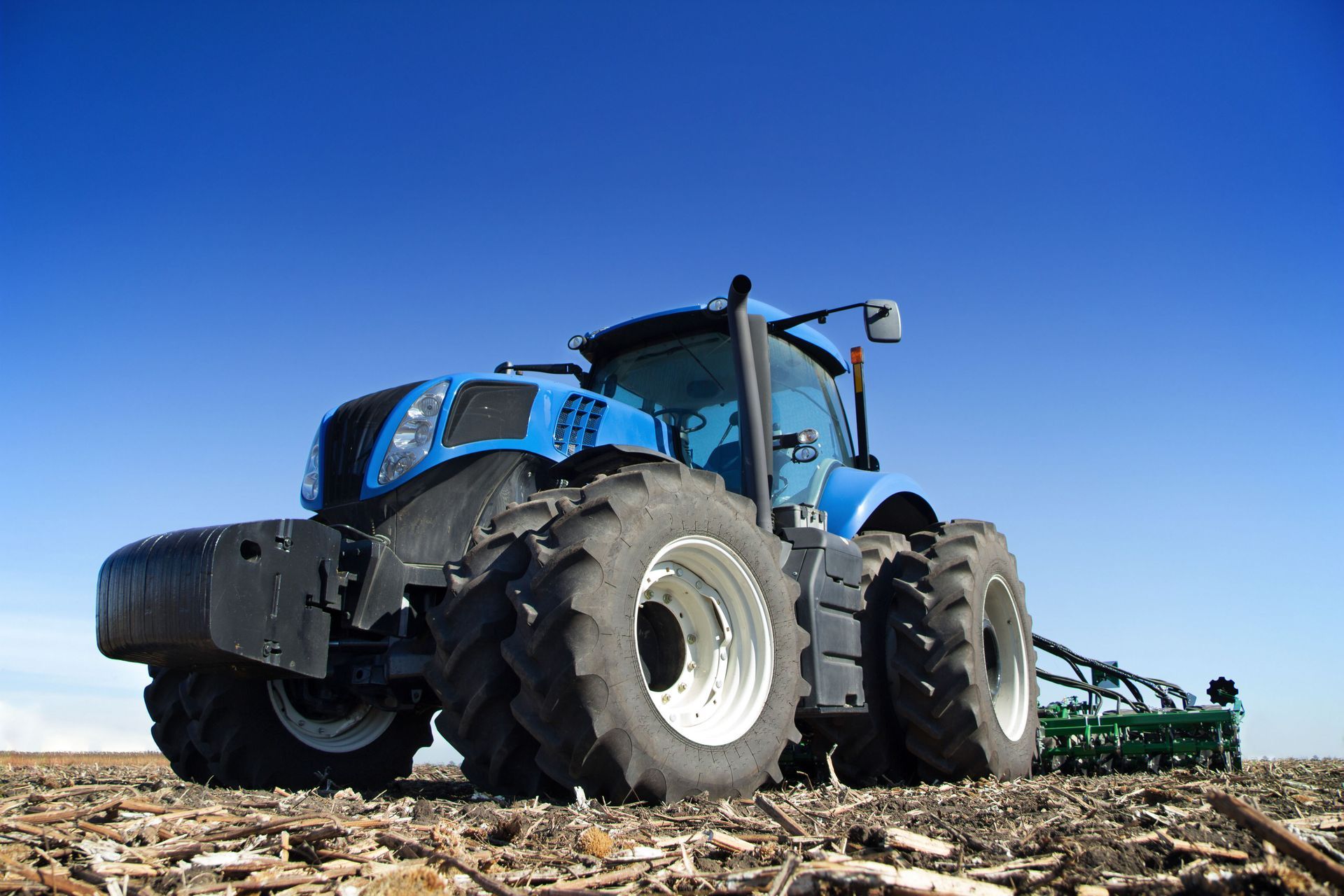
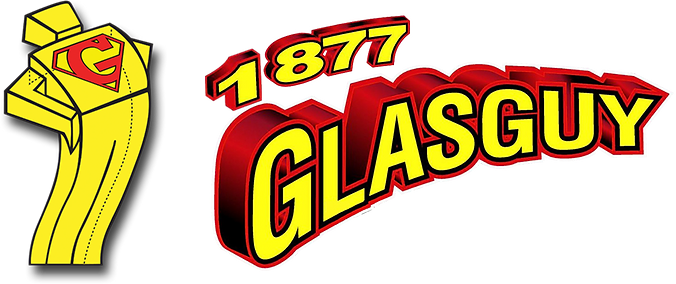
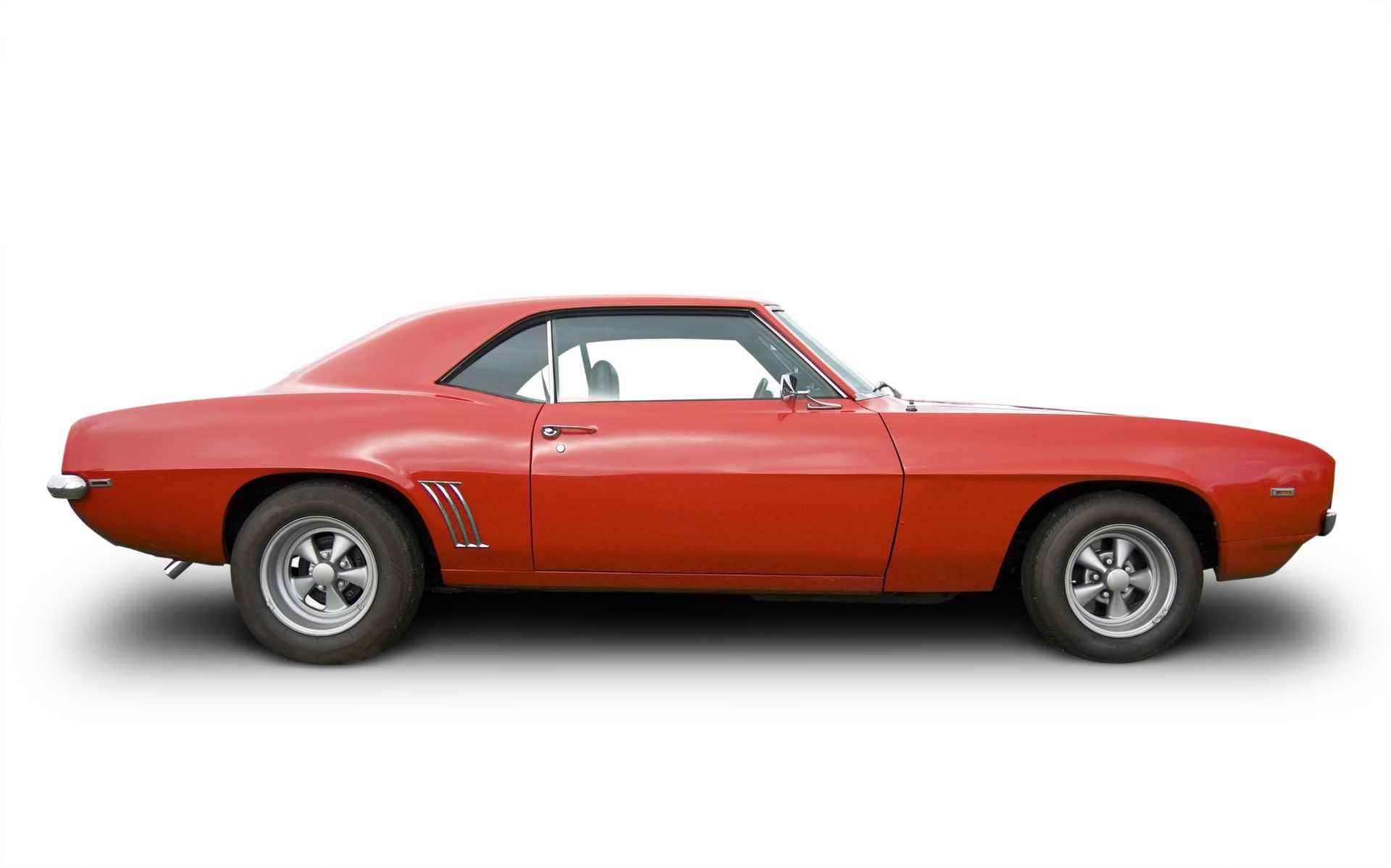
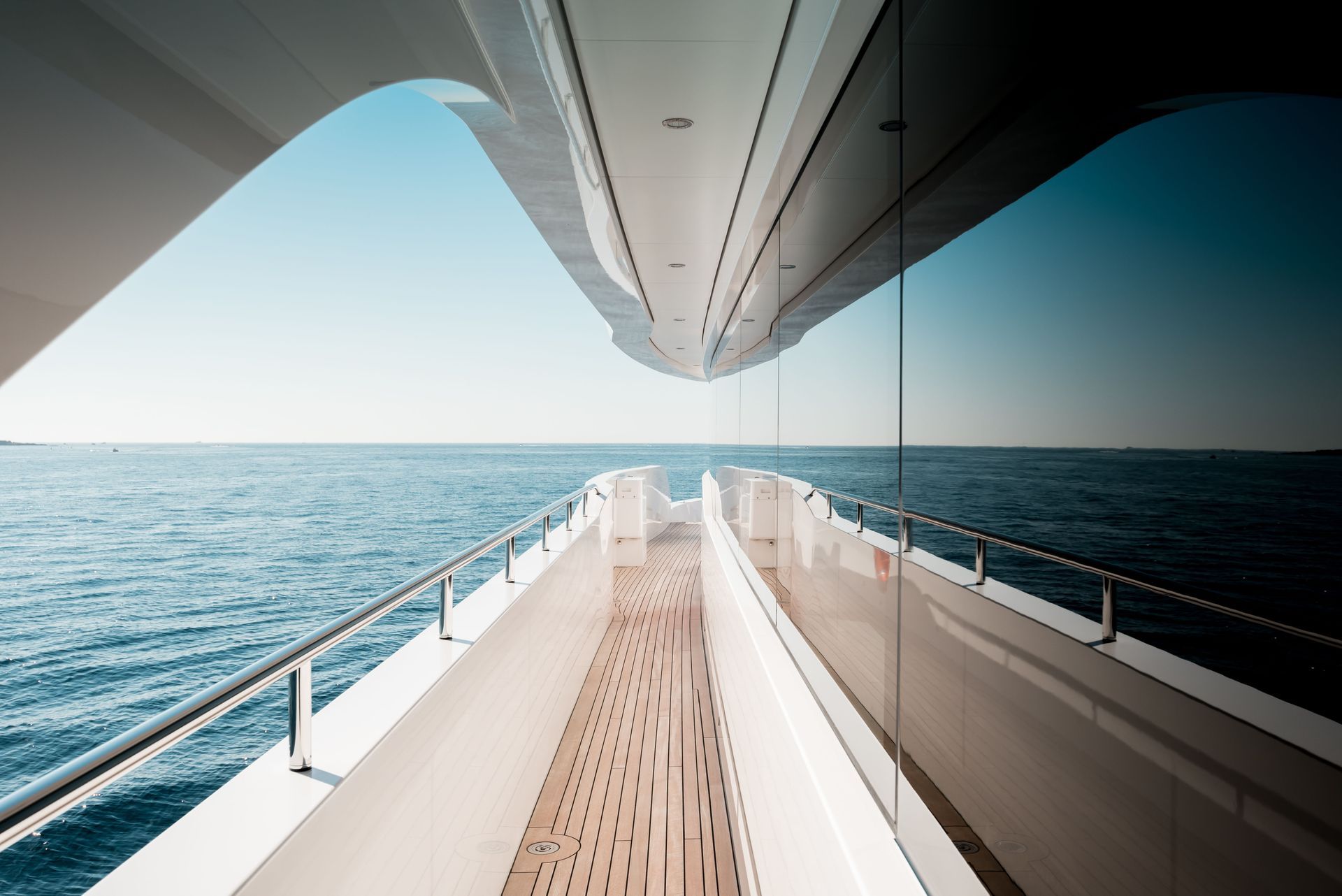
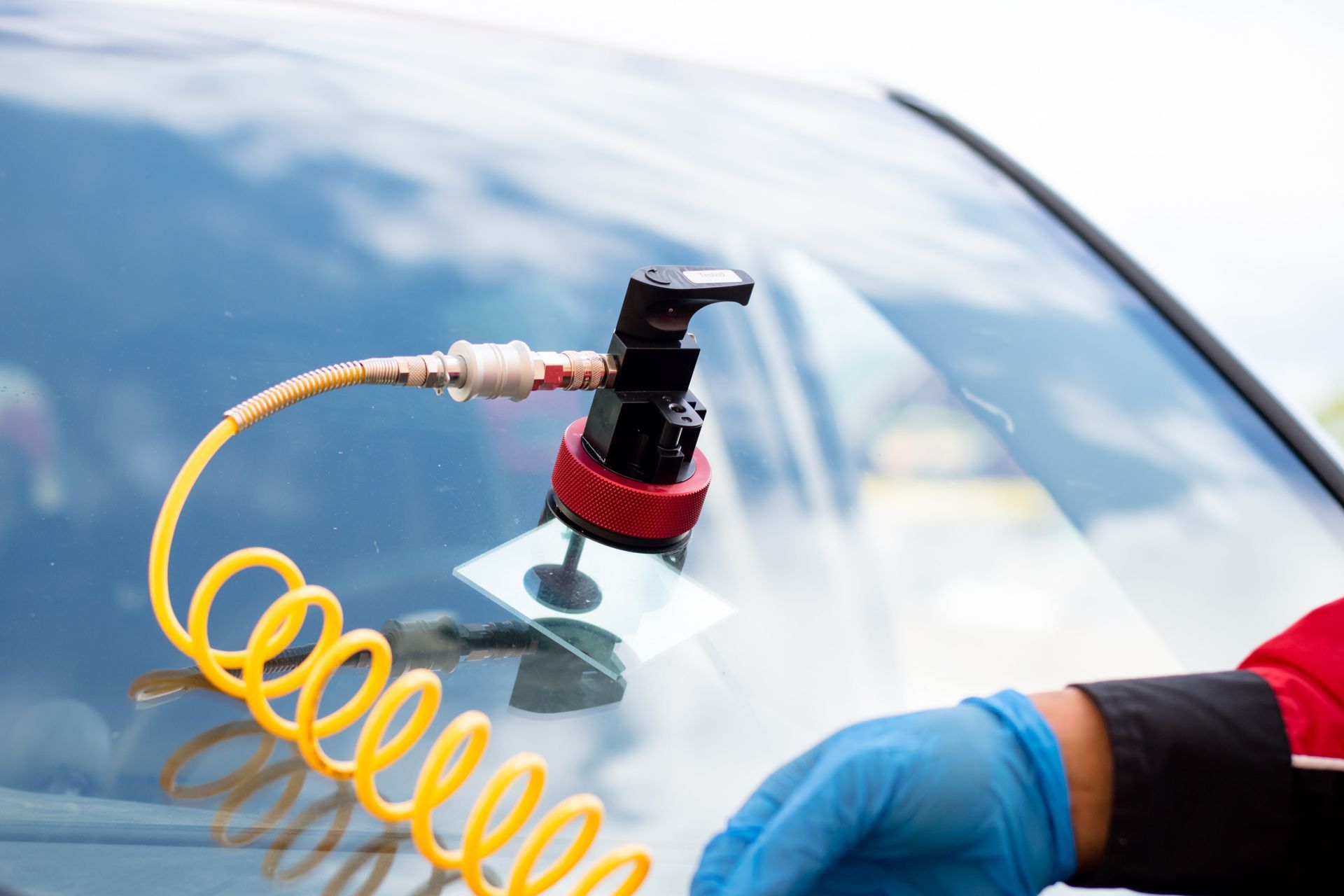
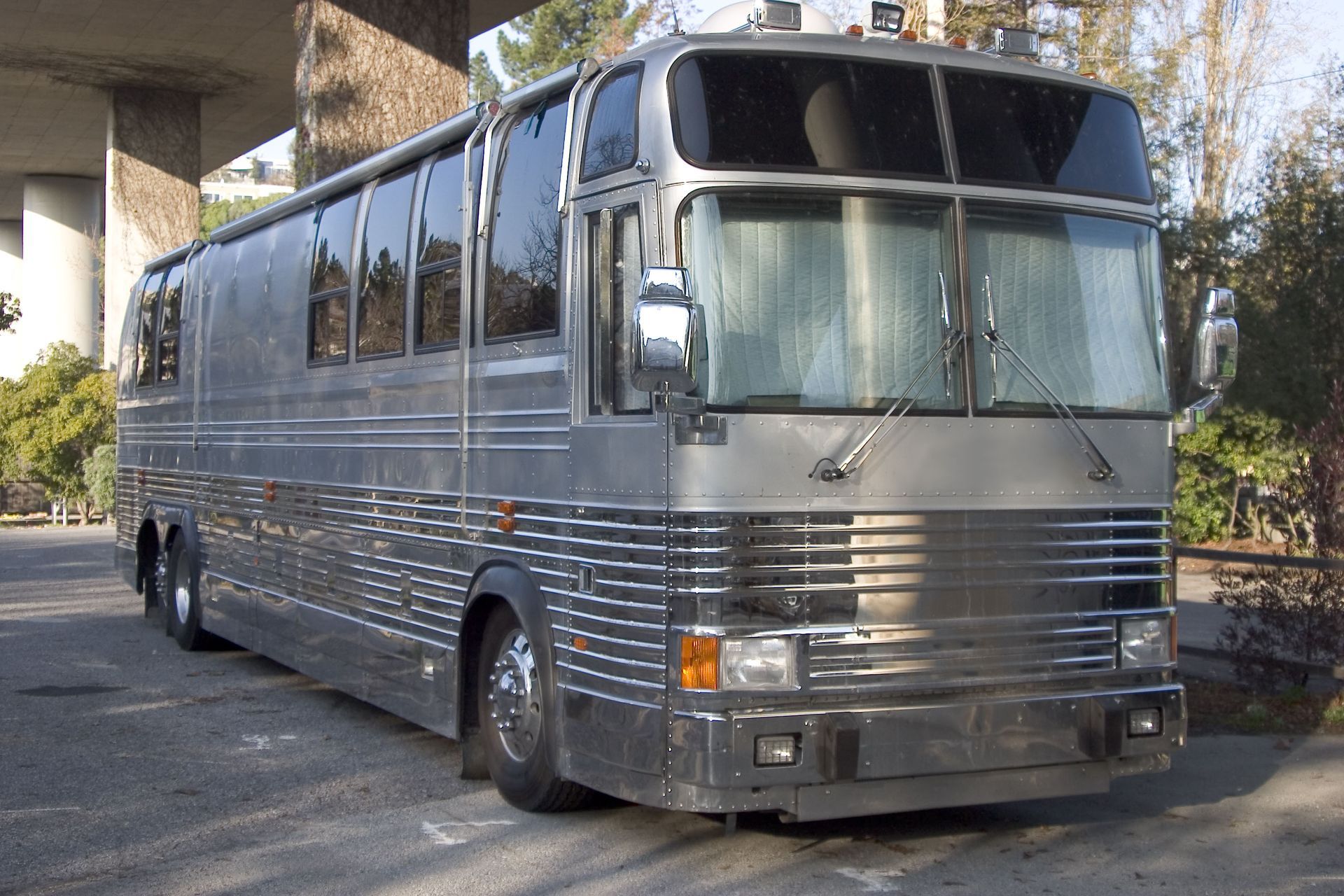
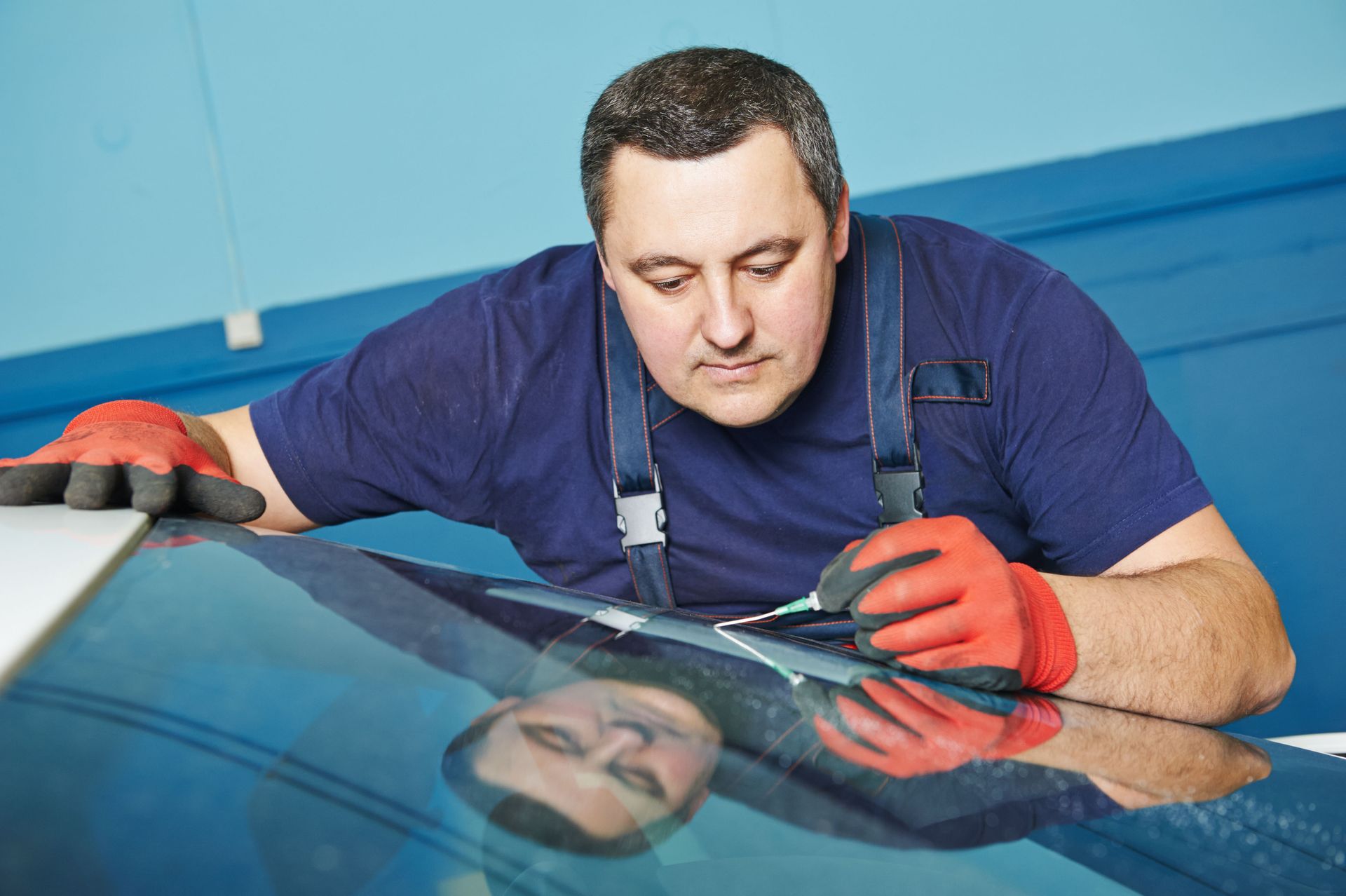
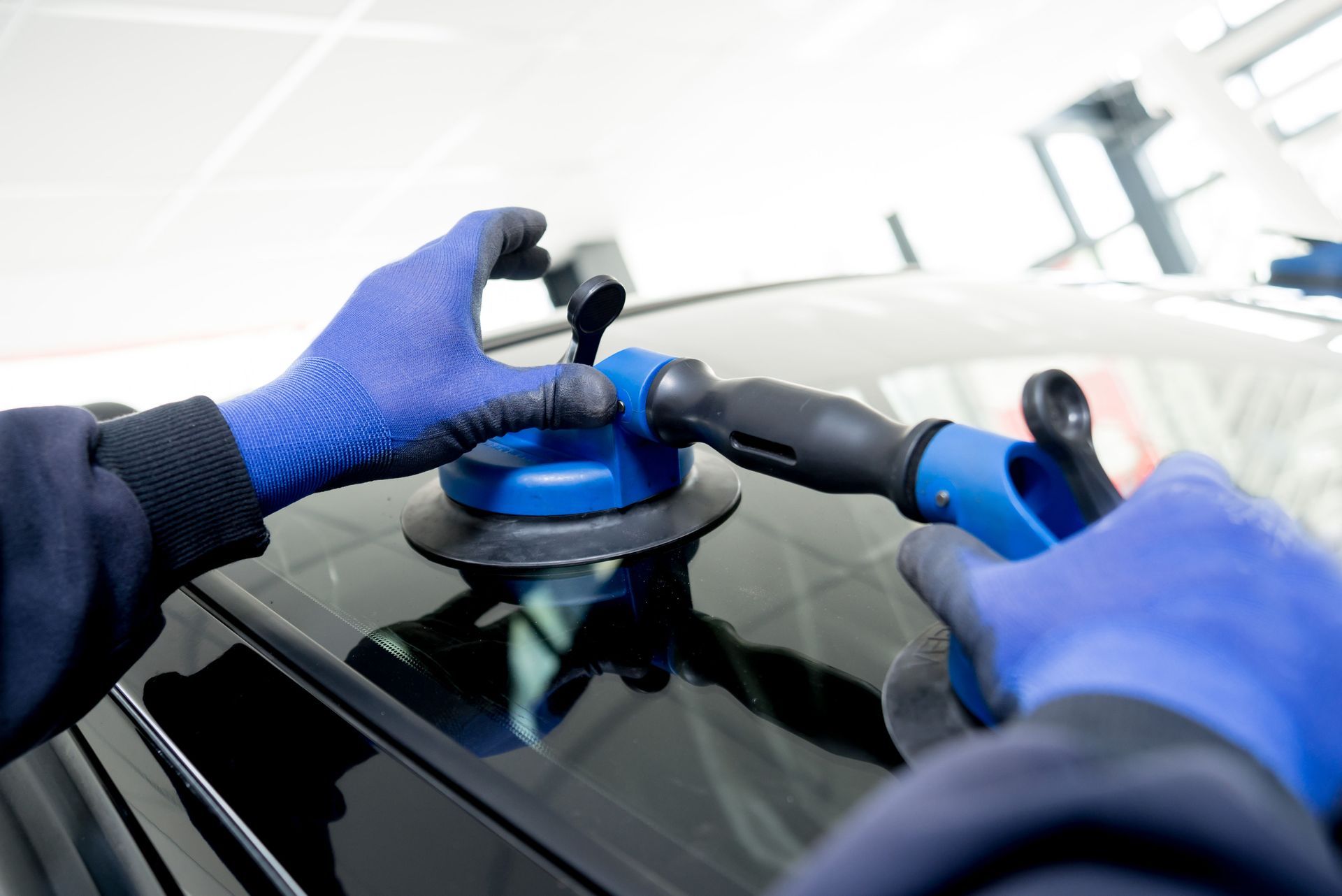
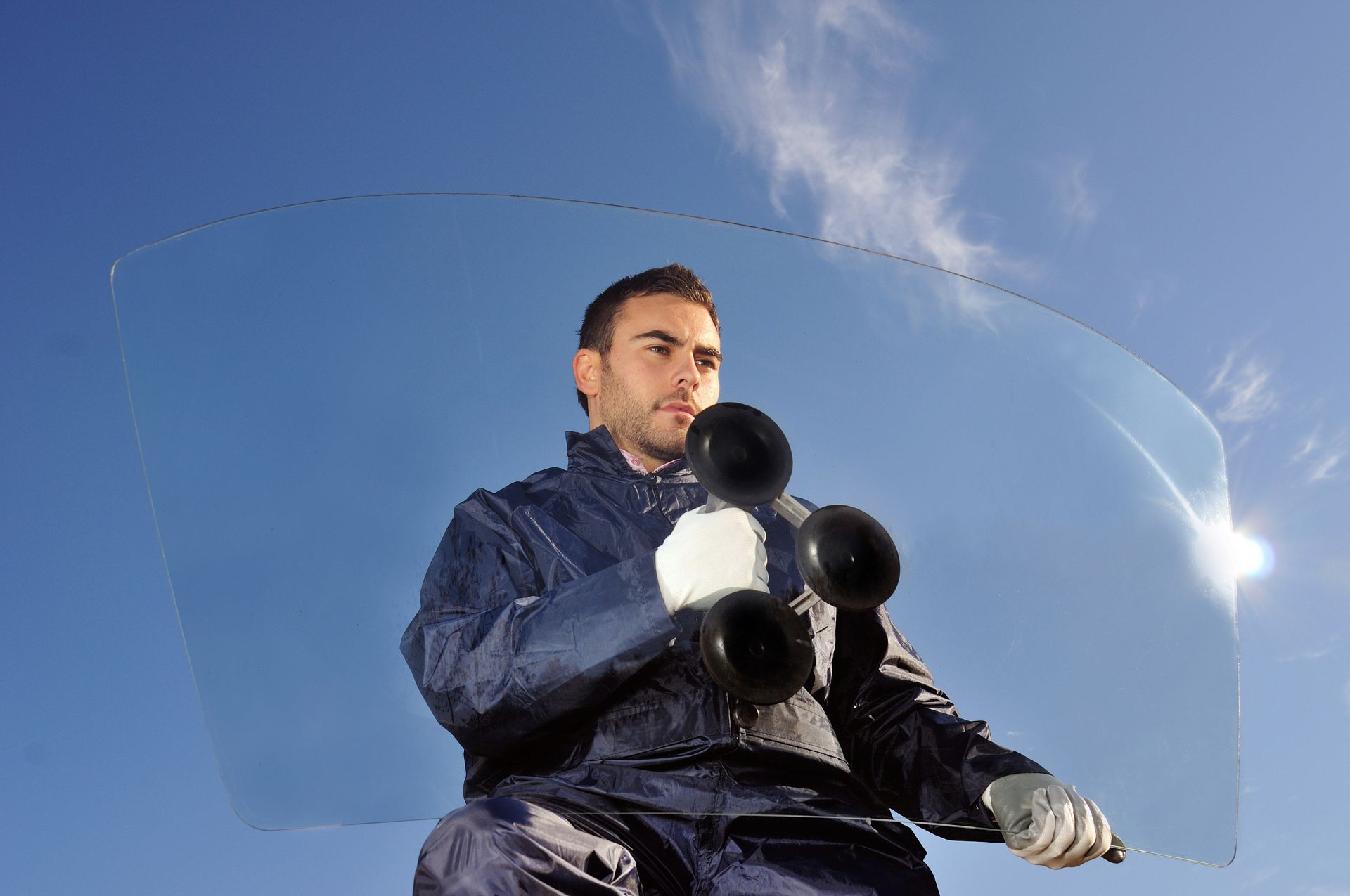


Share On: